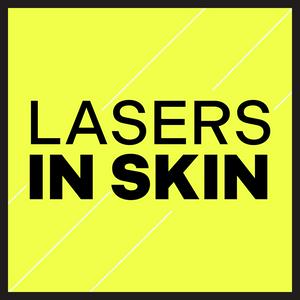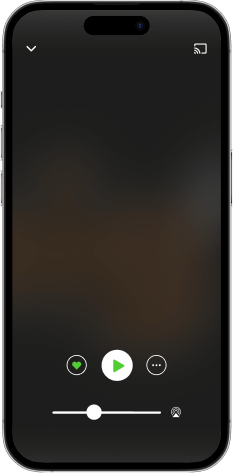An Interview with... MIKE MURPHY!
Lisa interviews a very special guest today - her dad, Mike Murphy, a true pioneer in medical aesthetic lasers. From being captivated by the moon landing as a kid to diving deep into physics and astronomy, Mike’s lifelong love of science eventually led him to make history by opening the world’s first private tattoo removal clinic using Q-switched lasers. His story is equal parts inspiring, nerdy, and groundbreaking.
KEY TAKEAWAYS
Mike Murphy was born in an RAF hospital in Germany and lived in various countries due to his father's military career, including Holland, Singapore, and Northern Ireland. His early curiosity about science and technology was influenced by significant events like the moon landing.
In 1989, Mike and his colleagues established Dermalase, the world's first clinic using Q-switched Ruby lasers for tattoo removal. This clinic became a pioneer in the field, attracting clients from across the UK and even internationally.
The company faced challenges, including a bankruptcy in 1996 due to a premature product launch in the U.S. market. Despite setbacks, Mike continued to innovate and adapt, eventually expanding into training and consulting in the laser industry.
Mike is now focused on training professionals in the aesthetics field, emphasising the importance of proper education and safety standards in using laser technology. He is also working on new research projects and aims to continue contributing to advancements in the field.
BEST MOMENTS
"I was born in an RAF hospital in Germany, because all military bases across the sea are Crown property, so they're part of the UK."
"You could have been Elvis in the laser world, that would be so cool."
"We were the only clinic in the world, apart from the clinic in the hospital. We were the only private clinic at that time."
"I wrote up a thesis to present for PhD and then I read it and didn't like it. I thought this is a pile of sugar."
"You guys introduced aesthetic laser tattoo removal to the UK and the world."
ABOUT THE HOSTS
Mike began his career in medical lasers in 1986 with a physics degree and a post-grad in bioengineering. He helped develop the scar-free removal of tattoos using a Q-Switched Ruby Laser in Glasgow, and the world's first IPL system. Known well in the industry for his hard truths, no BS attitude and logical answers. As the author of three books, articles for medical journals, a well read blog, a Laser Protection Advisor and contributor to the BMLA, Mike is the Laser Guru.
Lisa's claim to laser fame is being Mike's daughter. Growing up with lasers and never avoiding a physics lesson from her Dad, it was natural to enter the industry. Leaving a corporate career with a baby to jump into self employed life came with challenges. Despite that Lisa has been well recognised for her teaching style, practical tips, bringing the compassion to the science, and laser mentoring.
Instagram: @dermalase_lasertraining
https://mikemurphyblog.com
https://www.dermalasetraining.com
This Podcast has been brought to you by Disruptive Media. https://disruptivemedia.co.uk/


